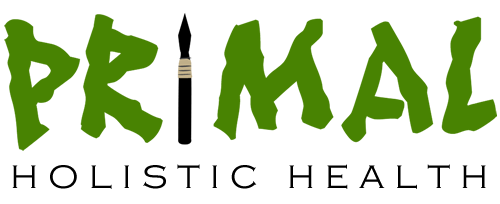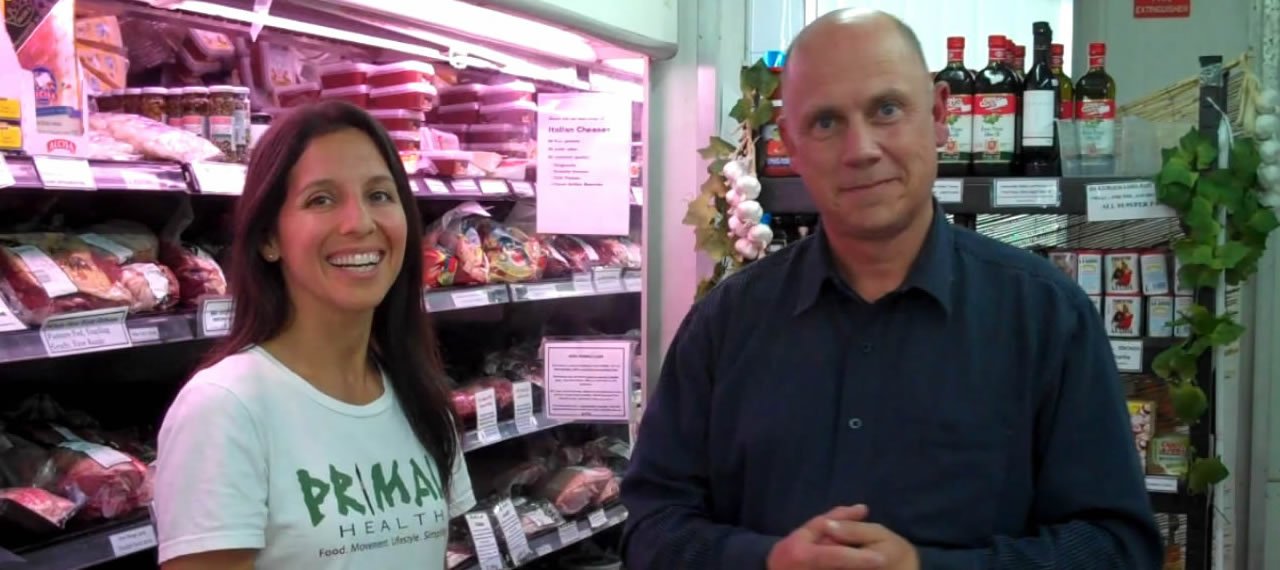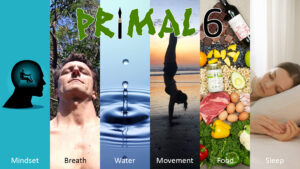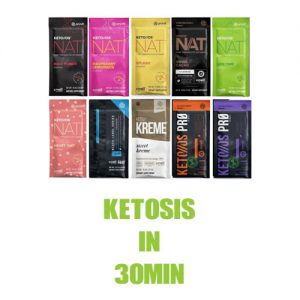Note: This is a loose transcription of the video, ‘Meat Part 2 – Do you know where your meat comes from?’
Bex: So when we’re talking about the quality of meat, you were mentioning to me before the concept of provenance. What does that mean?
Andrew: Provenance is a very very important concept here. Provenance, it just basically means, where things come from.
Do you know where your meat comes from?
So because of the importance of sourcing locally and sourcing from decent land, we try to source most of our beef and lamb, and some of our pork, from Cowra, NSW, which is a location that is abundant in water (Southern Highlands of NSW). I think it is in the confluence of two rivers. Which means, it’s got some of the best pasture grazing land in Australia and in turn means, that the cattle and sheep grazing upon that land are gonna be eating good food. So, if they’re eating good food then by sheer definition, if you’re eating them then you’re eating good quality beef, good quality lamb made from local producers.
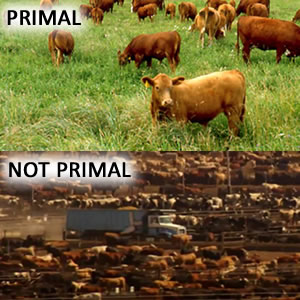
Andrew: So the idea of provenance, it encompasses not just where it comes from, who’s growing it, but also the the other tenant of provenance is how’s the animal being look after? Has it been let loose, to roam freely in pasture? And it must not have been fed with grains, that are often laced with antibiotics. For us, that’s a no-no. We just want a naturally-grown animal. Now, the reason why there’s been such a use of antibiotics, in the recent times is that the market wants lean meat, and antibiotics provide quick growth of the meat. The cow is growing quickly, growing muscles because it’s overloading on hormones and it’s making the meat that the supermarket or the mass producer wants. It wants a lean, quickly-grown animal which you get if you feed the animal antibiotics and/or growth hormones.
Obviously, it’s going to grow very quickly and that’s good for the grower, it means they’re going to get faster stock returns. But for us, no, these hormones are insidious. They often go in from a little patch on the hair, so they are drip-fed hormones. It’s 24-7 in the animal or in the feeds, but either way it’s not something which we support or promote or wish to be doing. We just want our customers to eat natural meat.
Other videos in this series:
Meat Part 1 – You CAN Afford Grass Fed Meat!
Meat Part 3 – What is Free Range, Grass Fed, Organic Meat?
Meat Part 4 – What makes meat lean and tender?
Do you know where your meat comes from?
Meat Part 2 – Do You Know Where Your Meat Comes From? – September 2013
